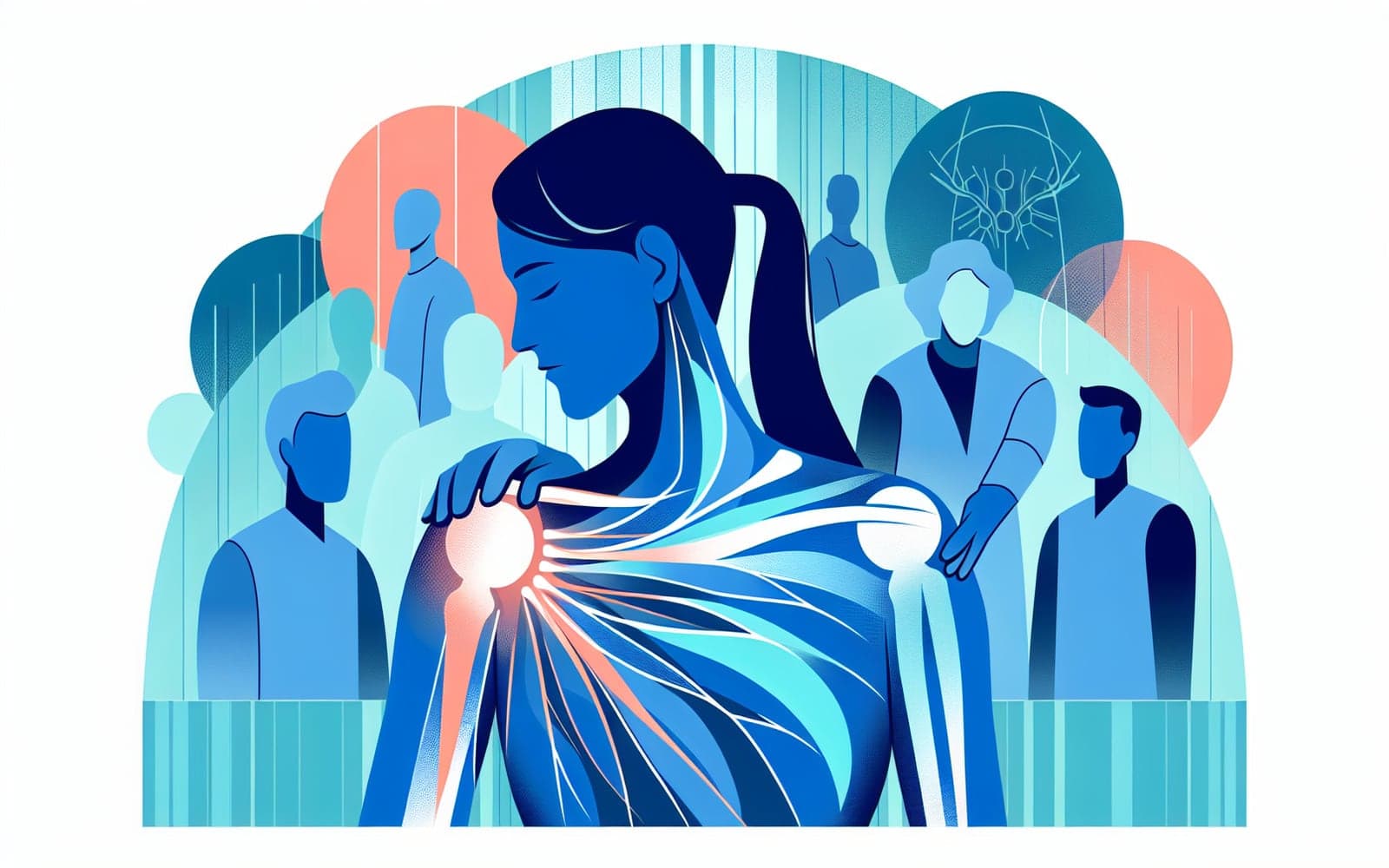What is Calcific Tendinopathy and How Does It Affect Your Shoulder?
Published: Aug 09, 2024

Medically reviewed by Oghenefejiro Okifo | MD, Harvard Medical School | Henry Ford Hospital - Detroit, MI on August 9th, 2024.
Calcific tendinopathy is a mysterious shoulder condition that causes pain and can disrupt daily activities. Understanding its phases and symptoms can help manage its impact on your life.
Contents
What is Calcific Tendinopathy?
Calcific tendinopathy involves calcium deposits forming in the shoulder tendons, leading to pain and limited movement. The exact cause is unknown, but it is not typically linked to injury or overuse. Women aged 40-60 are most commonly affected, and it can be associated with conditions like diabetes.
Phases and Symptoms
The condition progresses through four phases: formative, resting, resorptive, and post-calcific. Symptoms vary by phase, with pain being a common issue, especially at night or during overhead activities. Acute flare-ups can occur, causing sudden and intense shoulder pain.

Diagnosis and Misdiagnosis
Diagnosing calcific tendinopathy involves imaging techniques like X-rays and ultrasounds to spot calcium deposits. Misdiagnosis can happen as symptoms may resemble other shoulder issues like rotator cuff tears or frozen shoulder.
Frequently Asked Questions
The exact cause is unknown, but it often affects healthy tendons without trauma.
Women between 40 and 60 years old are most commonly affected.
Yes, many cases resolve over time or with conservative treatment.
Pain, especially during overhead movements and at night, is most common.
Key Takeaways
Understanding calcific tendinopathy's phases can help manage its symptoms effectively.
Consider discussing your symptoms with Doctronic for personalized advice.Related Articles
References
Uhthoff HK, Loehr JW. Calcific Tendinopathy of the Rotator Cuff: Pathogenesis, Diagnosis, and Management. J Am Acad Orthop Surg 1997; 5:183.
Hackett L, Millar NL, Lam P, Murrell GA. Are the Symptoms of Calcific Tendinitis Due to Neoinnervation and/or Neovascularization? J Bone Joint Surg Am 2016; 98:186.
This article has been reviewed for accuracy by one of the licensed medical doctors working for Doctronic. Always discuss health information with your healthcare provider.

